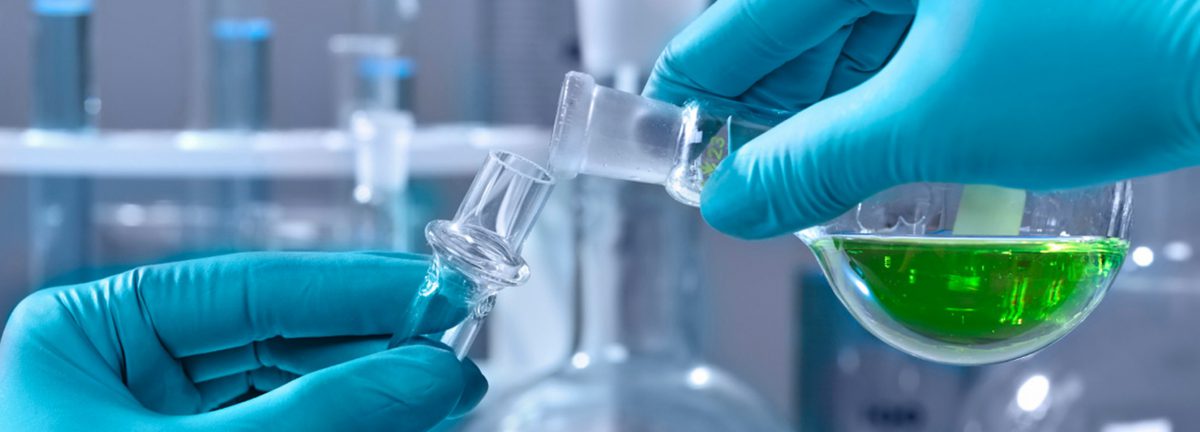 Define Pellets:
Define Pellets:
In the pharmaceutical industry, pellets can be defined as small, free-flowing, spherical particulates manufactured by the agglomeration of fine powders or granules of drug substances and excipients using appropriate processing equipment.
“granulation” and “pelletization”
The general terms “granulation” and “pelletization” are sometimes used anonymously , the units obtained are referred to as granules, pellets, agglomerates or spheroids without making any clear distinction among them.
How Palletisation done?
Generally, if a size-enlargement process produces agglomerates of a size distribution within the range of 0.1mm to 2.0 mm and a high porosity (about 20-50%), the process may be called “granulation”, and the resulting agglomerates are called “granulates”.
“Pelletization” is often referred to as a size-enlargement process that involves the manufacture of agglomerates with a relatively narrow size range, usually with mean size from 0.5 to 2.0 mm, named “pellets”.
Properties of Pellets:
Pellets have free-flowing properties and a low porosity (about 10 %). The term “spheronization” is usually associated with spherical units formed by a special process that includes a spheronization step where extrudates or agglomerates are rounded as they tumble on a rotating frictional base plate.
Pelletization is one of the most promising technique for the multi-particulate drug delivery systems. The interest in pellets as dosage forms (filled into hard gelatin capsules or compressed into disintegrating tablets) has been increasing continuously, since their multi-particulate nature offers many important pharmacological as well as technological advantages over conventional single-unit solid dosage forms.
Conclusion:
Because of these enormous advantages, pelletization has become focus of extensive research, on refining &optimizing the existing techniques, as well as on the development of novel manufacturing approaches.
Author: Vinita Bhandari

